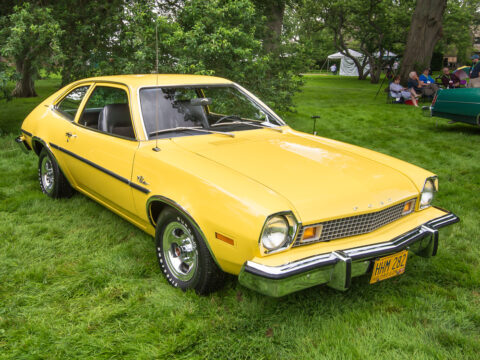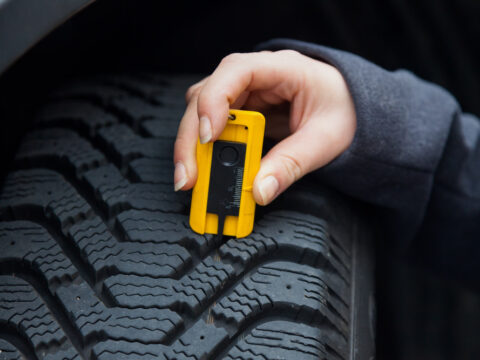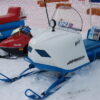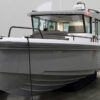Aftermarket car parts can be a cost-effective and convenient solution for vehicle repairs and upgrades. However, they often come with their own set of challenges. From fitment issues to potential safety concerns, understanding the common problems associated with aftermarket parts is crucial. In this article, we’ll explore 10 common problems with aftermarket car parts that you can’t ignore, helping you make informed decisions for your vehicle.
Contents
Poor Fitment
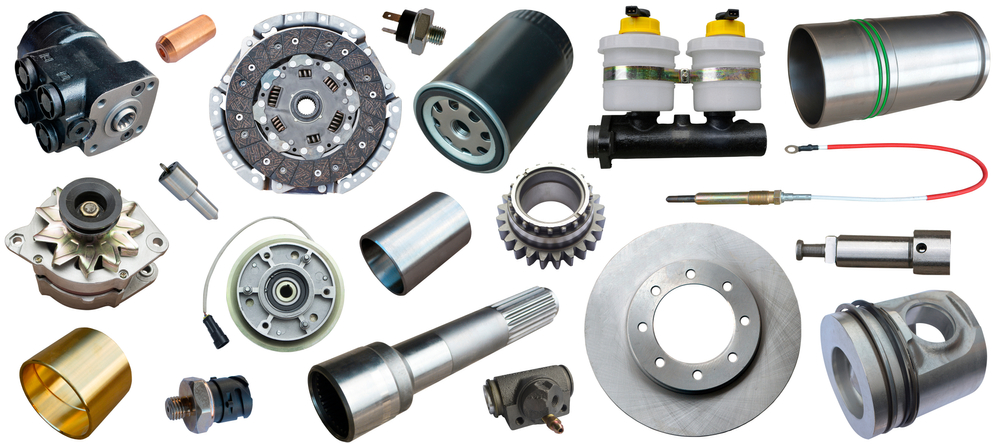
Aftermarket parts often do not fit as precisely as OEM (Original Equipment Manufacturer) parts. This can lead to installation difficulties, improper alignment, and potential damage to other vehicle components. Poor fitment may also cause parts to wear out faster, leading to frequent replacements.
Lower Quality Materials
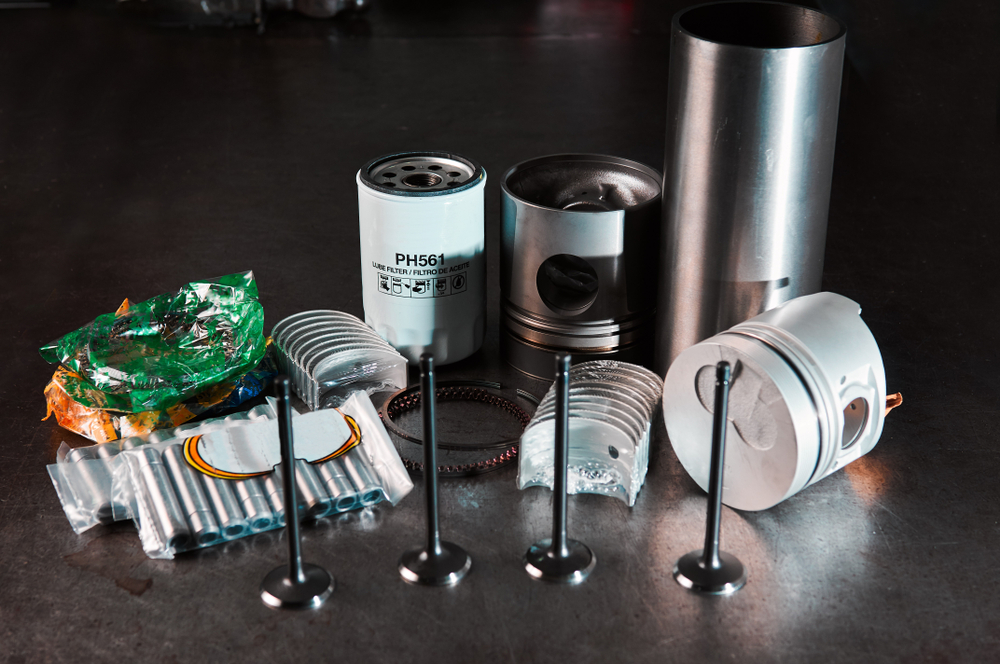
Many aftermarket parts are made from lower quality materials compared to OEM parts. This can result in reduced durability and a higher likelihood of part failure. Inferior materials may not withstand the same levels of stress and wear, leading to premature breakdowns.
Inconsistent Performance
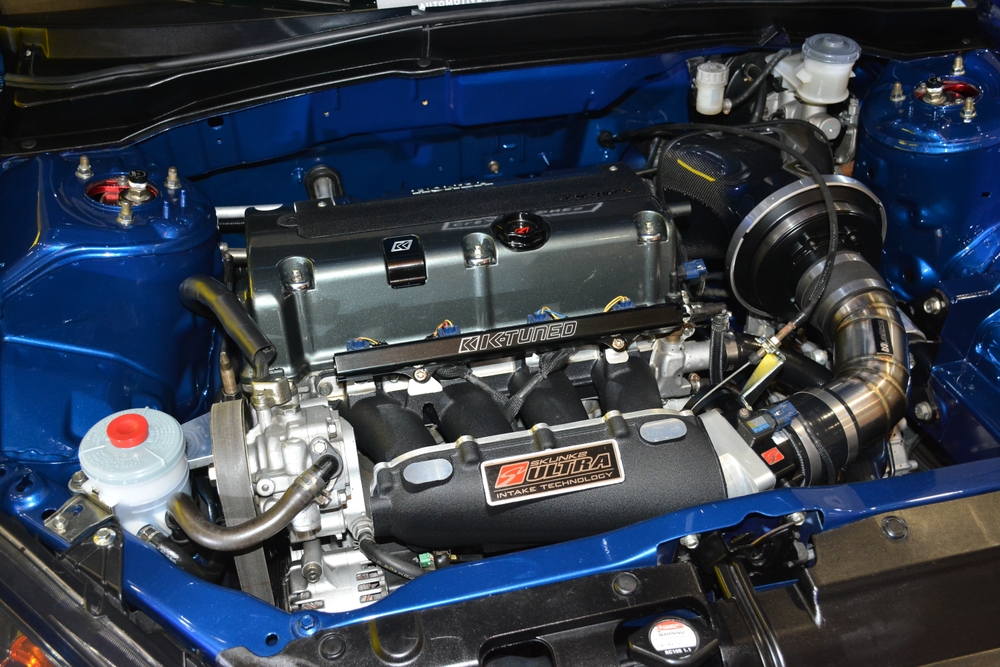
Performance can vary widely among different aftermarket brands and even within the same brand. This inconsistency can affect vehicle reliability and safety. Drivers may experience fluctuating performance, which can be problematic in critical situations.
Shorter Lifespan
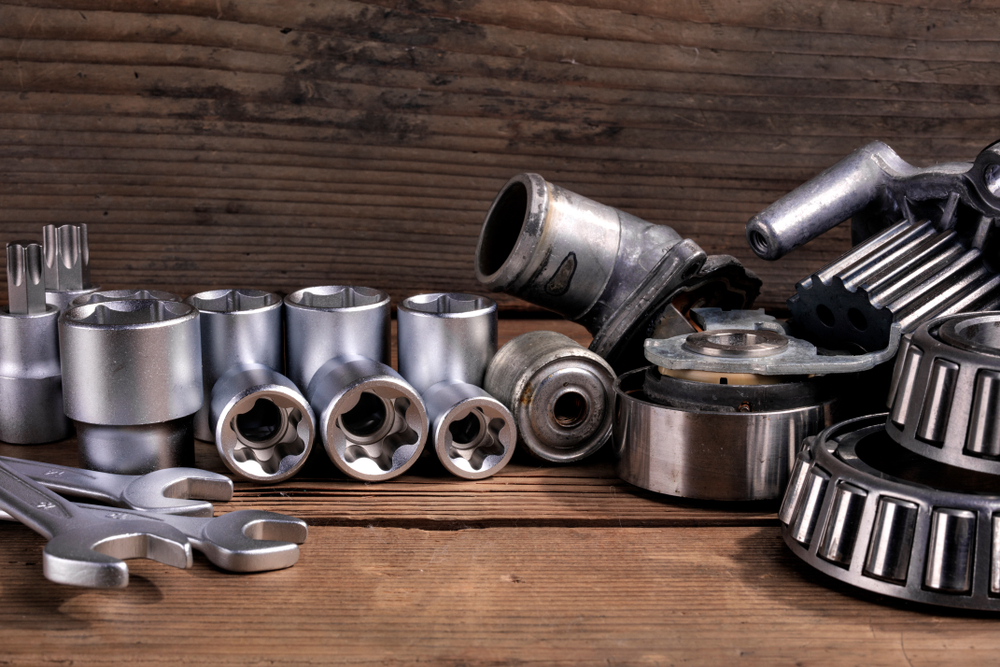
Aftermarket parts often have a shorter lifespan than OEM parts. This means that while they may be cheaper initially, they may require more frequent replacements, leading to higher long-term costs. Shorter lifespan parts can also increase the likelihood of vehicle breakdowns.
Warranty Issues
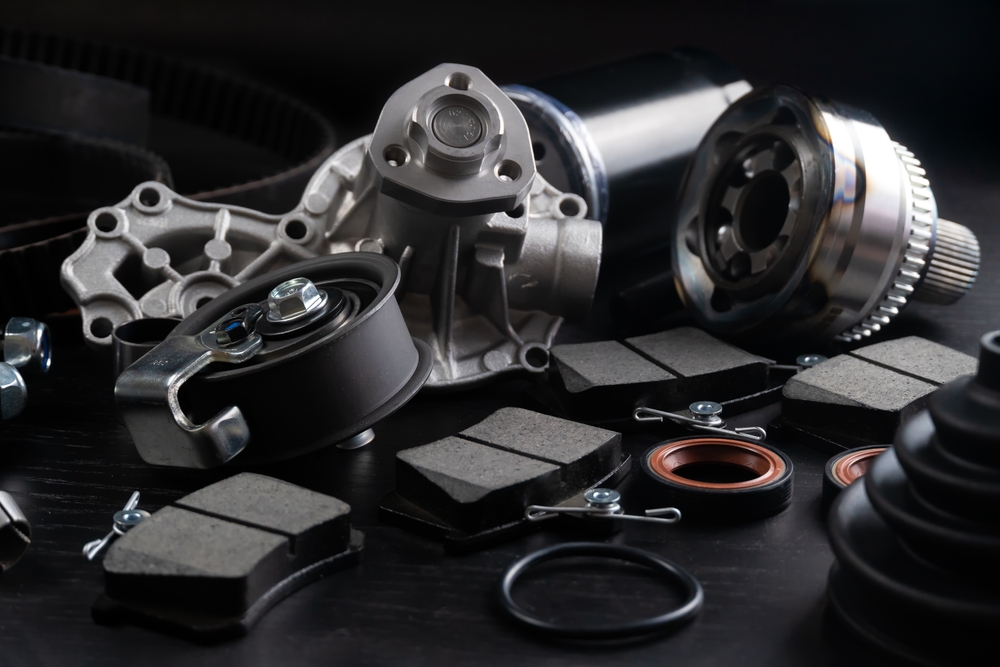
Using aftermarket parts can sometimes void your vehicle’s warranty. Manufacturers may refuse to honor warranties if they find that non-OEM parts have been used. This can leave vehicle owners without coverage for repairs that would otherwise be covered.
Compatibility Problems
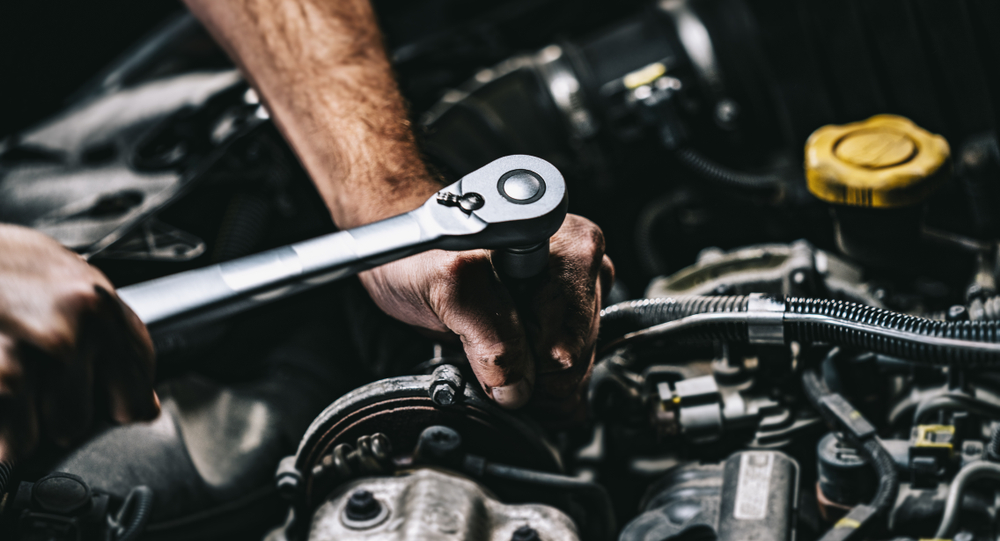
Not all aftermarket parts are compatible with every vehicle model and make. This can lead to significant issues if the part does not function correctly with your specific vehicle. Compatibility problems can result in additional expenses to find the correct part.
Potential Safety Risks
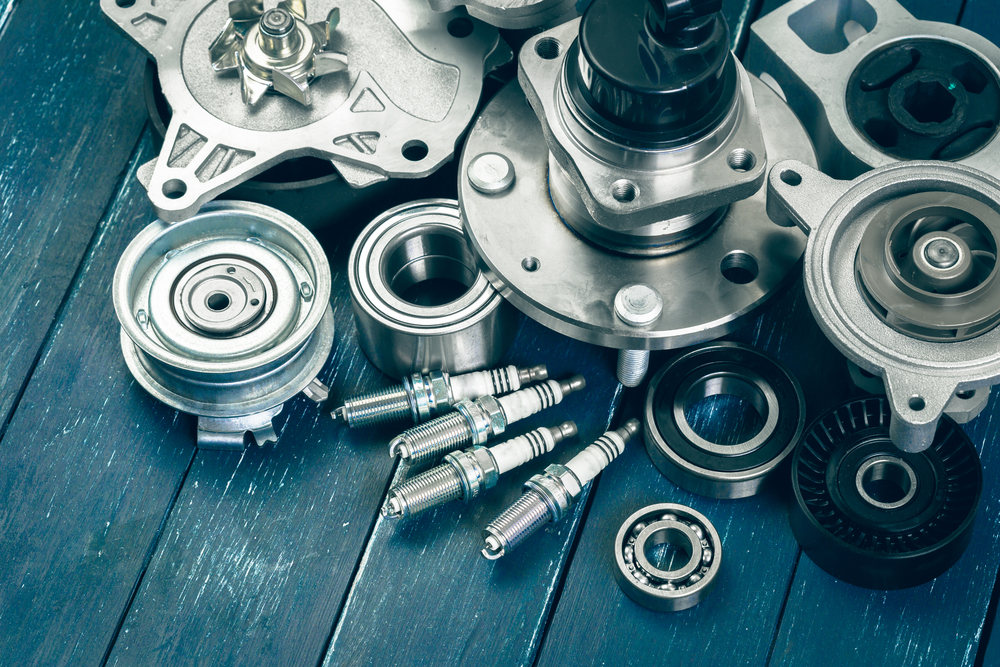
Some aftermarket parts may not meet the stringent safety standards set for OEM parts. This can pose significant safety risks, as these parts may fail under stress or not perform as expected in critical situations, potentially leading to accidents.
Higher Maintenance Costs
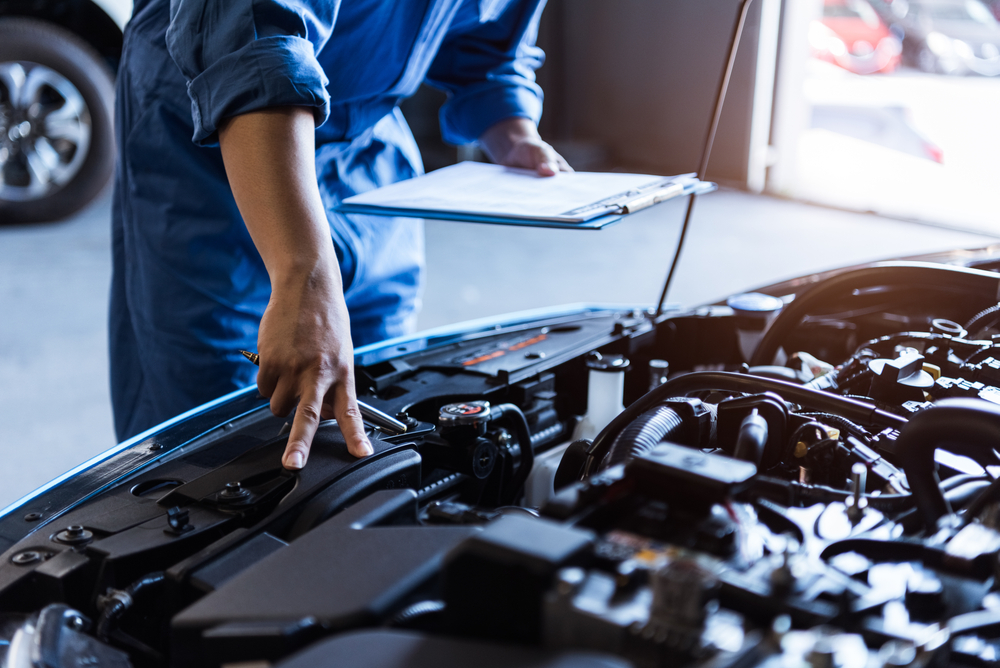
Frequent replacements and repairs due to the lower quality and shorter lifespan of aftermarket parts can lead to higher maintenance costs. The initial savings on the parts can quickly be offset by the need for additional repairs and replacements.
Resale Value Impact
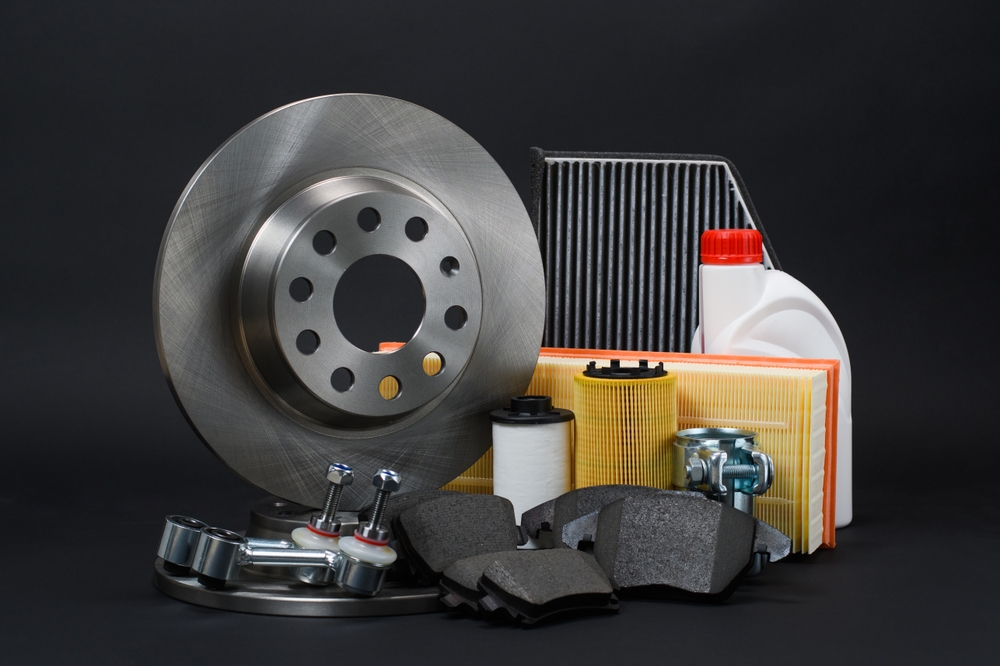
Vehicles with aftermarket parts may have a lower resale value. Potential buyers often prefer vehicles with OEM parts, as these are perceived to be more reliable and of higher quality. This can impact the vehicle’s overall market value.
Installation Challenges
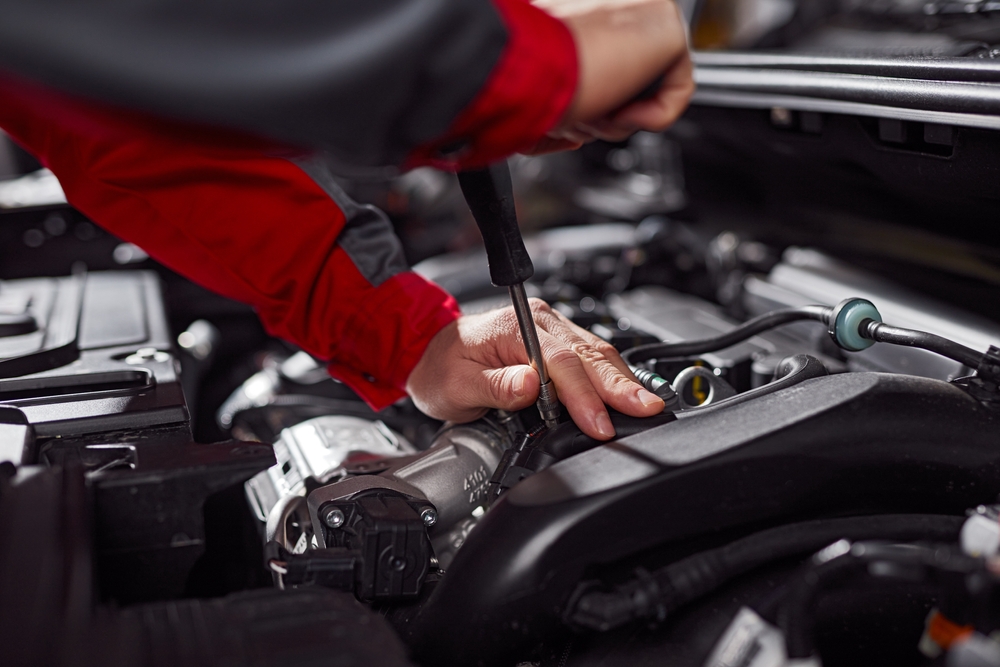
Some aftermarket parts require professional installation, which can increase costs. Improper installation can lead to additional problems, further increasing the expense and potential for vehicle damage.
This article originally appeared in MyCarMakesNoise.
More from MyCarMakesNoise
10 Classic Vespa Scooters That Became Icons

Embark on a nostalgic journey through the storied history of Vespa, an emblem of Italian style and innovation that has captivated the hearts of scooter enthusiasts worldwide for over seven decades. Read More
10 Classic Cars with Strong Investment Potential

Venturing into the world of classic automobiles, where history, engineering, and aesthetics intertwine, investing in vintage cars emerges as a pursuit that transcends mere hobbyism, blending passion with savvy financial strategy. Read More
10 Remarkable Achievements in Aviation History

From the daring feats of early aviators to the cutting-edge advancements in modern aerospace technology, the history of aviation is replete with remarkable achievements that have pushed the boundaries of what’s possible in the skies. Read More



